>>Why there’s a need for a stronger symbol sector - Clive beddall, editor-at-large, william reed
As the pundits proclaim that the next great grocery battle will be fought on the convenience front, a telling new statistic has brought unexpected encouragement to the independent sector.
The news that symbol group membership is set to rocket over the next three years is surely one of the best announcements for a long time as smaller stores struggle against the threat of increased multiple domination in their own backyards.
According to the C in 2005 report, published by Harris International Marketing, membership of symbol groups will increase from 8,000 to 11,000, while the number of unaffiliated c-stores will fall from 68,500 to 60,000 over the same period.
For industry executives of a certain age of course, that sort of statistic would, once upon a time, not have raised eyebrows. A quarter of a century ago there was a large and thriving UK symbol sector headed by a posse of far-sighted, highly skilled wholesaler executives who represented the interests of a large body of proactive independents on the trading and, perhaps more importantly, the political stages.
And, at the risk of delving too far into the grocery history books, how many readers remember the independent crusaders who operated under the symbols of Vivo, Centra, Wavy Line, Four Star and A&O? And how many recall the sterling work done in those arenas by Herbert Love of Mace, Dick Read and, more recently, John Irish of Spar, Dick Branston of VG, Douglas Griffin of Londis or Wolfgang Heinl of A&O? They were the respected symbol pioneers who found a ready ear from multi-national suppliers, and even hard-nosed political administrators.
True, today’s wholesale sector still has formidable names such as Spar, Londis and Nisa. And, encouragingly, the folk at the top of those groups retain the flair of their illustrious predecessors, despite dealing in an even tougher multiple dominated arena.
But the symbol sector is only a fraction of its size three decades ago. And sadly, as the statistics show only too clearly, far too many smaller local stores that resisted the insurance of symbol trading and adopted their own parochial PYOC (paddle your own canoe) symbols have been casualties of the increasingly competitive environment.
But although the re-shaping of the independent sector has brought the obvious advantages of the convenience theme to the fore, with trade bodies like the Association of Convenience Stores taking up the banner from earlier organisations, the prospects of more far-sighted unaffiliated retailers being persuaded down the symbol route is timely.
Federation of Wholesale Distributors director general Alan Toft is right to warn of more superstore raiding parties. For when the dust finally settles from the Safeway saga and more big chains take advantage of the resultant store shakeout, there will be additional multiple forays along the convenience route. The Tesco-T&S deal will not be the last time that a multiple moves into the convenience arena with one fell swoop. Thus the challenge for unaffiliated independents will intensify.
So therein lies the need for a stronger symbol sector, with additional members giving it greater retail clout in the Westminster meeting rooms.
Most unaffiliated retailers join symbol groups to take advantage of the wholesaler support packages and by doing so they also give their organisations the chance to speak with a stronger voice in corridors of power.
An increase in the symbol ranks of 3,000 stores may not sound a lot. But when it comes to raising the profile of the independent in the national negotiating arena, at a time when the heavy, interfering hand of government is rarely out of the retailing world, every little helps. For, as a leading civil servant whispered to me only recently: “For every lobbying approach we receive from the independent grocery organisations, we get five from the multiples.”
As the pundits proclaim that the next great grocery battle will be fought on the convenience front, a telling new statistic has brought unexpected encouragement to the independent sector.
The news that symbol group membership is set to rocket over the next three years is surely one of the best announcements for a long time as smaller stores struggle against the threat of increased multiple domination in their own backyards.
According to the C in 2005 report, published by Harris International Marketing, membership of symbol groups will increase from 8,000 to 11,000, while the number of unaffiliated c-stores will fall from 68,500 to 60,000 over the same period.
For industry executives of a certain age of course, that sort of statistic would, once upon a time, not have raised eyebrows. A quarter of a century ago there was a large and thriving UK symbol sector headed by a posse of far-sighted, highly skilled wholesaler executives who represented the interests of a large body of proactive independents on the trading and, perhaps more importantly, the political stages.
And, at the risk of delving too far into the grocery history books, how many readers remember the independent crusaders who operated under the symbols of Vivo, Centra, Wavy Line, Four Star and A&O? And how many recall the sterling work done in those arenas by Herbert Love of Mace, Dick Read and, more recently, John Irish of Spar, Dick Branston of VG, Douglas Griffin of Londis or Wolfgang Heinl of A&O? They were the respected symbol pioneers who found a ready ear from multi-national suppliers, and even hard-nosed political administrators.
True, today’s wholesale sector still has formidable names such as Spar, Londis and Nisa. And, encouragingly, the folk at the top of those groups retain the flair of their illustrious predecessors, despite dealing in an even tougher multiple dominated arena.
But the symbol sector is only a fraction of its size three decades ago. And sadly, as the statistics show only too clearly, far too many smaller local stores that resisted the insurance of symbol trading and adopted their own parochial PYOC (paddle your own canoe) symbols have been casualties of the increasingly competitive environment.
But although the re-shaping of the independent sector has brought the obvious advantages of the convenience theme to the fore, with trade bodies like the Association of Convenience Stores taking up the banner from earlier organisations, the prospects of more far-sighted unaffiliated retailers being persuaded down the symbol route is timely.
Federation of Wholesale Distributors director general Alan Toft is right to warn of more superstore raiding parties. For when the dust finally settles from the Safeway saga and more big chains take advantage of the resultant store shakeout, there will be additional multiple forays along the convenience route. The Tesco-T&S deal will not be the last time that a multiple moves into the convenience arena with one fell swoop. Thus the challenge for unaffiliated independents will intensify.
So therein lies the need for a stronger symbol sector, with additional members giving it greater retail clout in the Westminster meeting rooms.
Most unaffiliated retailers join symbol groups to take advantage of the wholesaler support packages and by doing so they also give their organisations the chance to speak with a stronger voice in corridors of power.
An increase in the symbol ranks of 3,000 stores may not sound a lot. But when it comes to raising the profile of the independent in the national negotiating arena, at a time when the heavy, interfering hand of government is rarely out of the retailing world, every little helps. For, as a leading civil servant whispered to me only recently: “For every lobbying approach we receive from the independent grocery organisations, we get five from the multiples.”



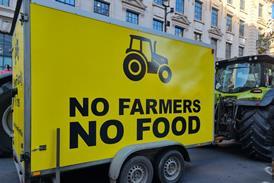
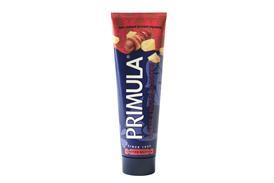
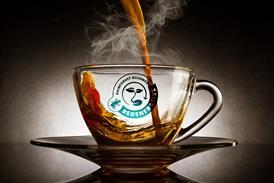
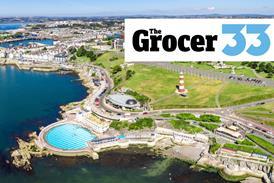

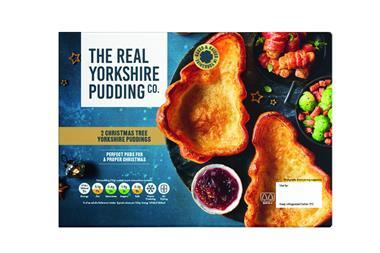



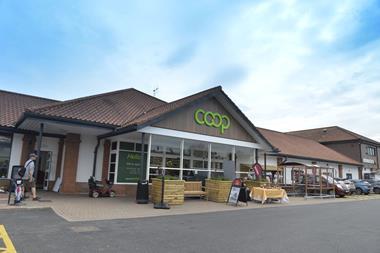
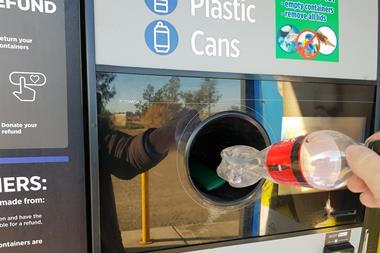
No comments yet